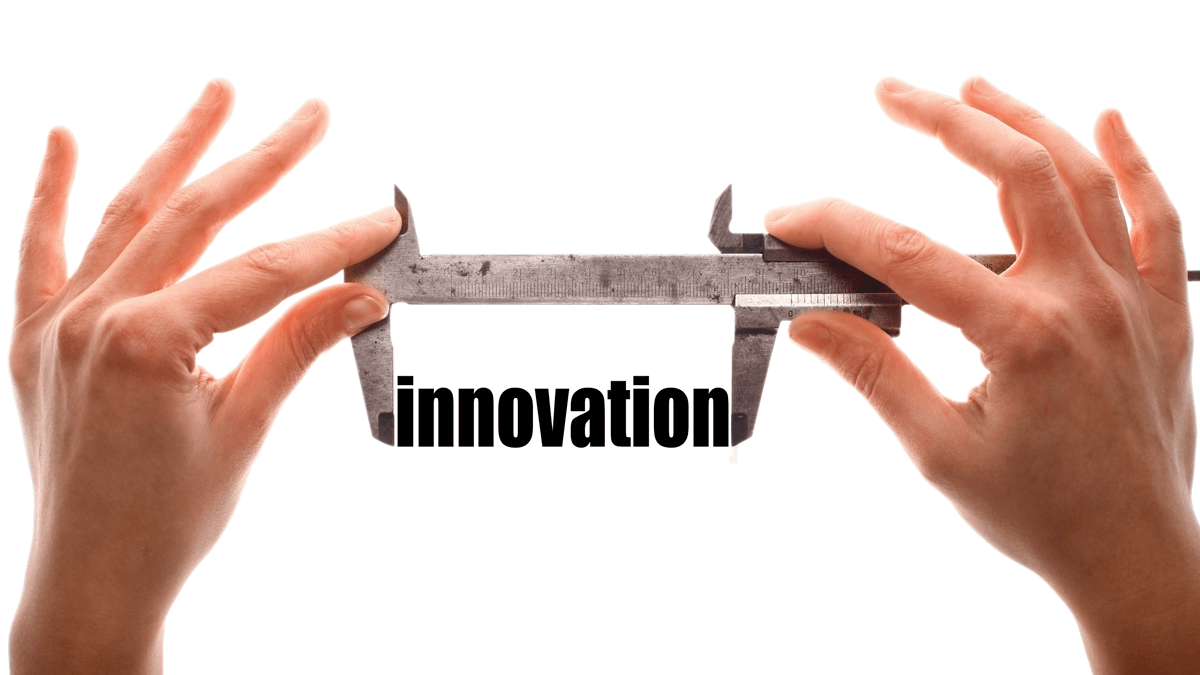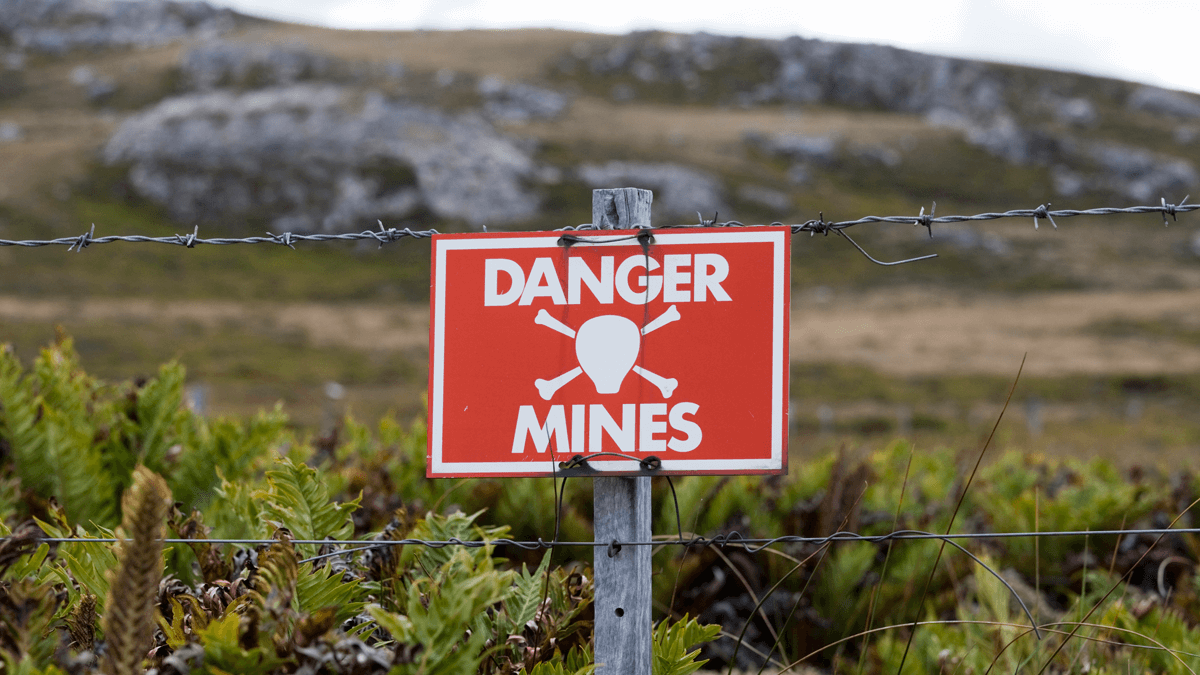During the Vietnam war, the US was still using its cold war approach of “problem as given”… applying prescribed responses for a long list of scenarios. This was a disaster in the face of evolving threats. Now their protocol is “problem as understood”… developing solutions only after the problem is well defined. Is your company using “cold-war innovation,” or does it place a high priority on learning what customers truly want before developing products for them?
More in e-book, Leader’s Guide to B2B Organic Growth
In new product development, keep your mind open to all customer needs before converging on your solutions. Your brain works better this way. It’s why we don’t “judge” ideas during brainstorming. It’s why you like digital photography better than film: You take as many shots as you like (diverge) and later pick the best (converge). When it comes to customer needs, take lots of shots so you can focus on the best later.
More in e-book, Reinventing VOC for B2B
Consider disruptors such as Amazon, Uber, Apple and Airbnb. If you make physical products, someone may “Amazon” you by surrounding their product with amazing services based on the internet-of-things and artificial intelligence. That’s just one example. Stop relying on Porter’s Five Forces (e.g. barriers to competition) to protect you, and begin thinking how you can be the disrupter, not the disruptee. Check out these free FutureScenes® trends sheets for idea-starters.
More in FutureScenes sheets at www.futurescenes.com
Both activities involve movement, but only one lets you get lost for a while so you can see what others have missed. When you develop new products based on sales reports and “validating” your ideas with customers, you’re just map-reading. Put yourself in a position to be amazed by new scenery in customers’ worlds. You’ll need to get comfortable off the beaten path… but you don’t want to go where anything is ‘beaten’ anyway, right?
More in e-book, Leader’s Guide to B2B Organic Growth (Lesson 15)
Keep using the vitality index… new product revenue as % of total revenue. But understand three limitations: 1) It’s not predictive; it only tells you what has already happened. 2) It’s not prescriptive; it doesn’t suggest how to improve. 3) It’s not precise; is it a new product if we just change its color? Supplement the vitality index with 2 newer metrics: Growth Driver Index (GDI), and Commercial Confidence Index (CCI).
More in Leader’s Guide Videos Lesson 29, Employ leading growth metrics
The difference between speed and velocity is that only velocity has a direction associated with it. Many in business are focused on going as fast as they can… in any direction. Avoiding solid front-end-of-innovation work because you want to develop your new product faster is a prime example. Sure, you launched your product quickly… but no one bought it, because you failed to first understand customers’ needs.
More in e-book, Reinventing VOC for B2B
A project landmine is something that blows up budgets, schedule and reputations. No one steps on one they can see. So why don’t we look for them harder and earlier in a project life? Because we’ve been conditioned to think that killing our project equates to failure. Instead, we should identify areas of uncertainty as early as possible. Celebrate when you kill your own project swiftly… and celebrate when you try hard and are unable to kill it.
View video, De-risking Transformational Projects







